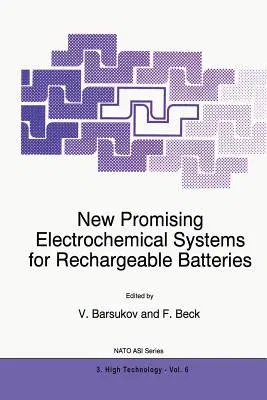New Promising Electrochemical Systems for Rechargeable Batteries (Softcover Reprint of the Original 1st 1996)Paperback - Softcover Reprint of the Original 1st 1996, 26 September 2011

Qty
1
Turbo
Ships in 2 - 3 days
In Stock
Free Delivery
Cash on Delivery
15 Days
Free Returns
Secure Checkout
Part of Series
NATO Science Partnership Subseries: 3
Part of Series
NATO Science Partnership Subseries: 3 (Closed)
Print Length
528 pages
Language
English
Publisher
Springer
Date Published
26 Sep 2011
ISBN-10
9401072353
ISBN-13
9789401072359
Popular Books
Ships in
Description
Product Details
Book Edition:
Softcover Reprint of the Original 1st 1996
Book Format:
Paperback
Country of Origin:
NL
Date Published:
26 September 2011
Dimensions:
23.39 x
15.6 x
2.87 cm
ISBN-10:
9401072353
ISBN-13:
9789401072359
Language:
English
Location:
Dordrecht
Pages:
528
Publisher:
Weight:
771.11 gm













